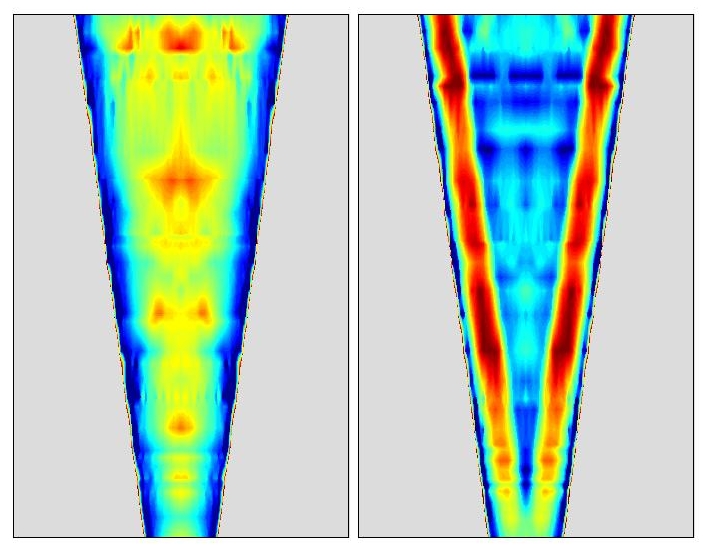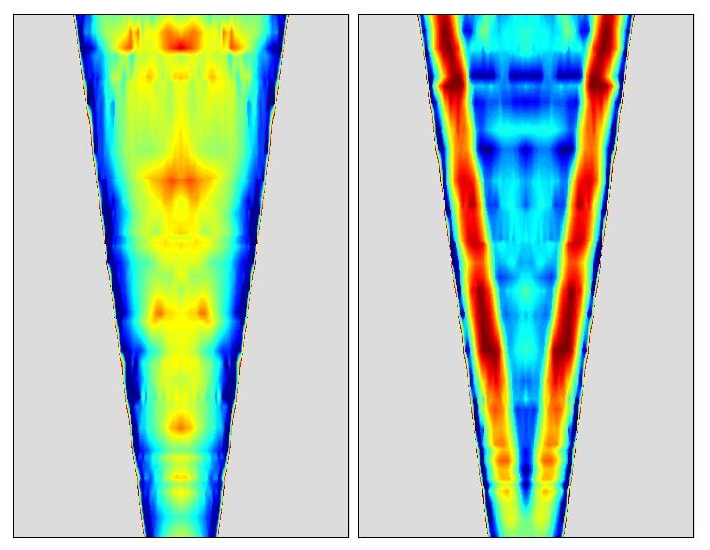Imaging colloids
The motion of colloidal particles in nanofluidic devices depends subtly on the ionic charges that form on the walls of the container, the surfaces of the particles, and in the surrounding solution. The many-body effects in this sort of system are often prohibitive to calculate and must be compared with images of real systems.
Writing in Physical Review Letters, Dillip Satapathy and colleagues of the Paul Scherrer Institut in Switzerland and collaborators in the Netherlands and at the ETH in Zurich demonstrate how x-ray diffraction techniques can measure the concentration profile of a suspension of negatively charged silica spheres, 60 nm in size, confined to a narrow, submicron channel. The heart of their experimental set-up is a periodic array of channels that acts as a diffraction grating for incoming x-rays. When the channels are filled with a colloidal suspension, the intensity of the x-ray diffraction peaks depends on the distribution of the particles in the suspension. At low salt concentrations, the group finds that the colloidal particles move toward the center of the channels, but at higher salt concentrations, the particles are attracted to the walls, leaving the center part of the channel open. At still higher salt concentrations, the particles again move to the center of the channel.
Satapathy et al. conjecture that the ionic concentration of the solution screens the Coulomb repulsion between the particles and the walls, which are also negatively charged in solution. The result is of practical interest because it shows that the aperture of the channel depends on how ionic the solution is—the type of effect that could be the basis of a nanofluidic device. – Jessica Thomas





